

On this month's Morbidly Fascinating Page:
Dangerous Selfies (some resulting in death)
IN THE ARCHIVES:
The Spanish Flu
Bog Bodies
Google Maps
Preserved
Last Meals
Utrecht Hospital
Dinosaurs to Birds
A 2018 study of news reports showed that between October 2011 and November 2017, there were 259 selfie deaths in 137 incidents reported globally, with the highest occurrences in India, followed by Russia, United States, and Pakistan. Between October 15, 2011 and March 9, 2019, that number rose to 309.
Below are photos of people taking unnecessary risks just to capture an "interesting selfie." Some of the people below have died in this attempt.
Those who have died:

Above: In 2014, a woman named Xenia Ignatyeva took this selfie 28 feet over the ground. Soon after taking the selfie, she lost her footing and died.

Here’s a couple who attempted to take a selfie on a bluff amid their excursion visit in Portugal and tumbled off the precipice and they both died.
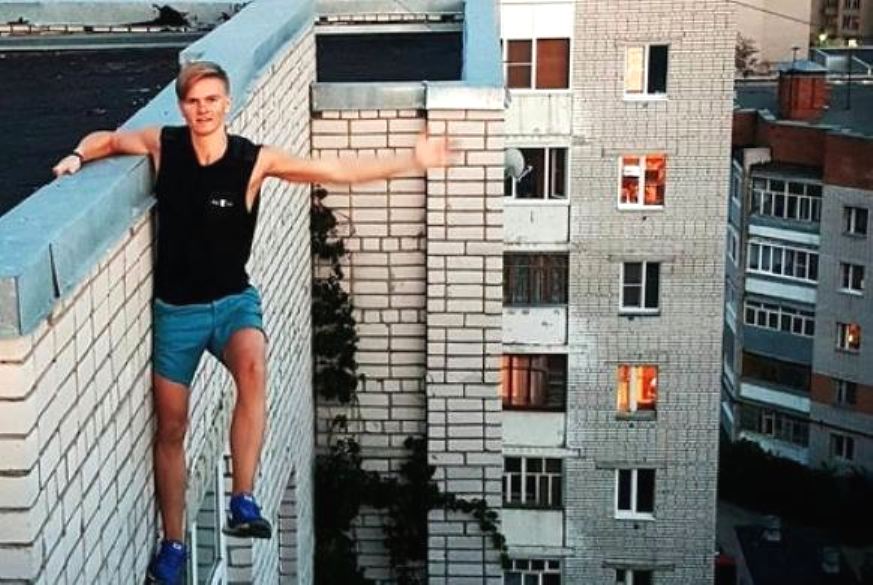
A 17-year-old student, Andrey Retrovsky from Vologda, Russia, fell to his death attempting to take a selfie while hanging from a rope from a nine-story building. Since he was unable to get a photo of that event, here is a previous photo of him during a different event. Retrosky often took dangrous photos to post on his Instragram account.
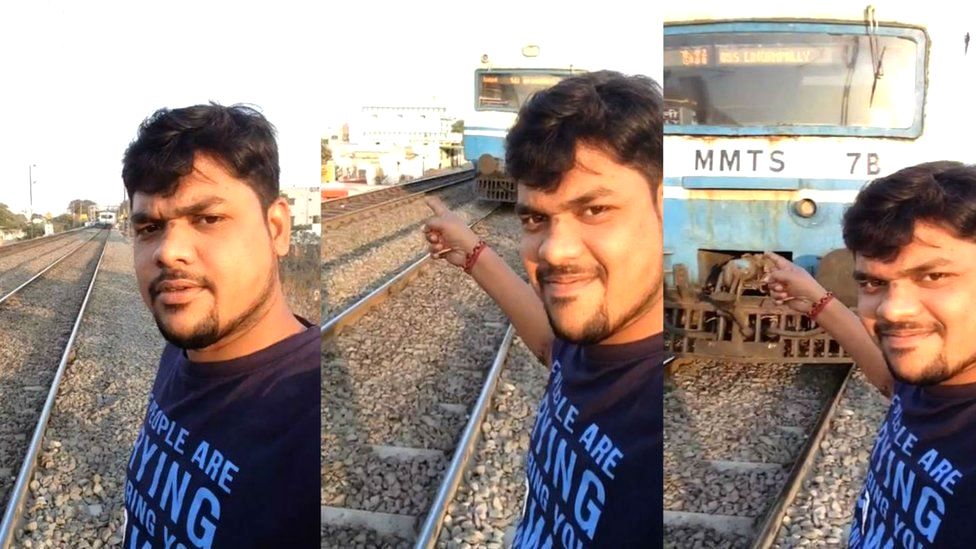
Selfie death in India.
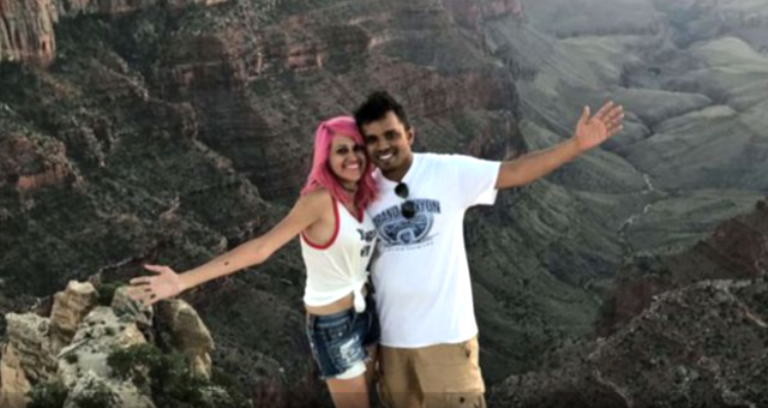
This couple died in October 2018 after falling from Taft Point in Yosemite National Park (California) while their friend took their photo.
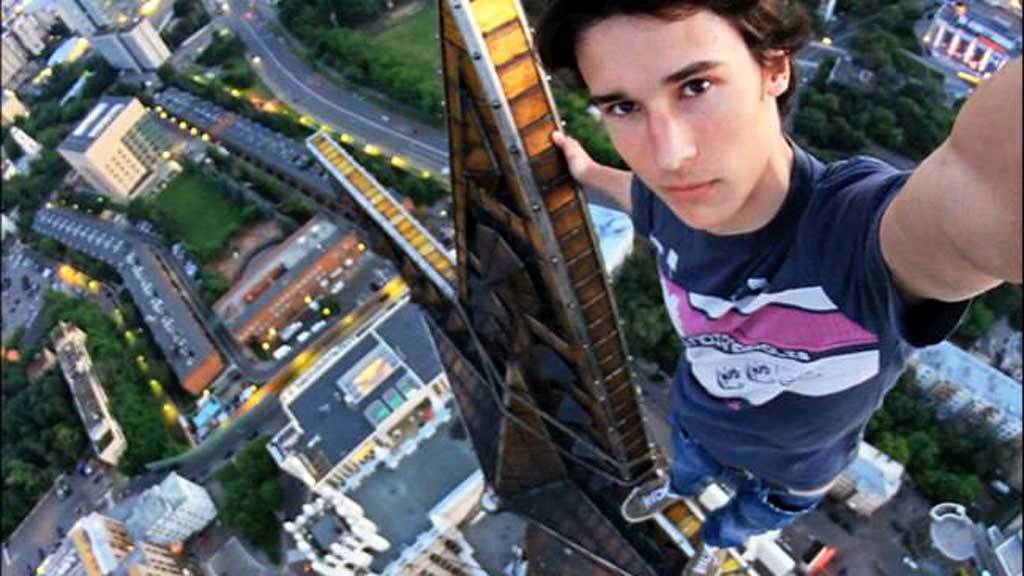
This young man fell to his death.
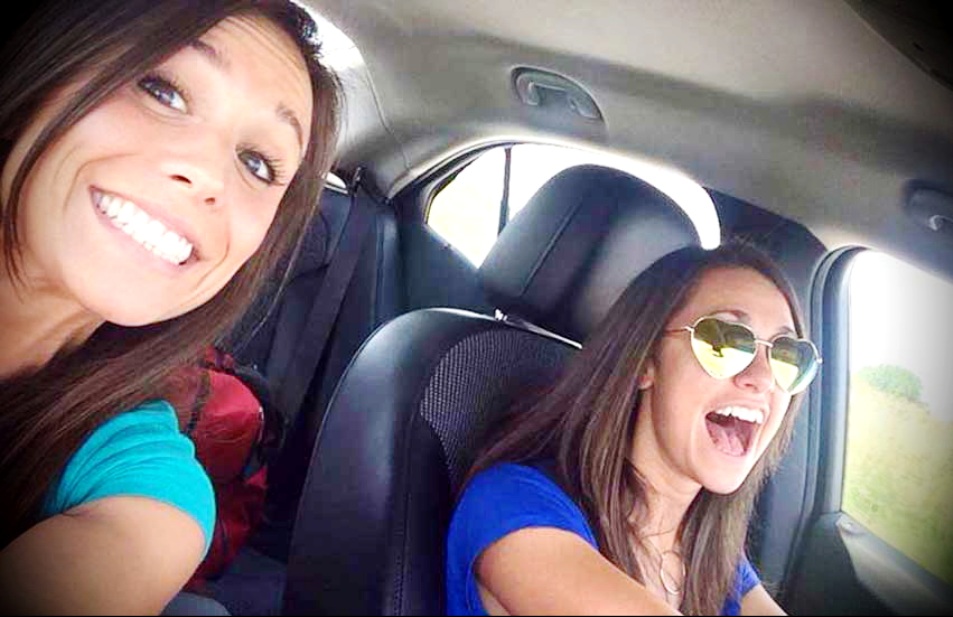
2014: Moments before tragedy: Collette Moreno, left, took this selfie of her and best friend Ashley Theobald while driving to Lake Ozark in Central Missouri for her bachelorette weekend. Their car hit a truck.
Those that are unknown if they lived or died:
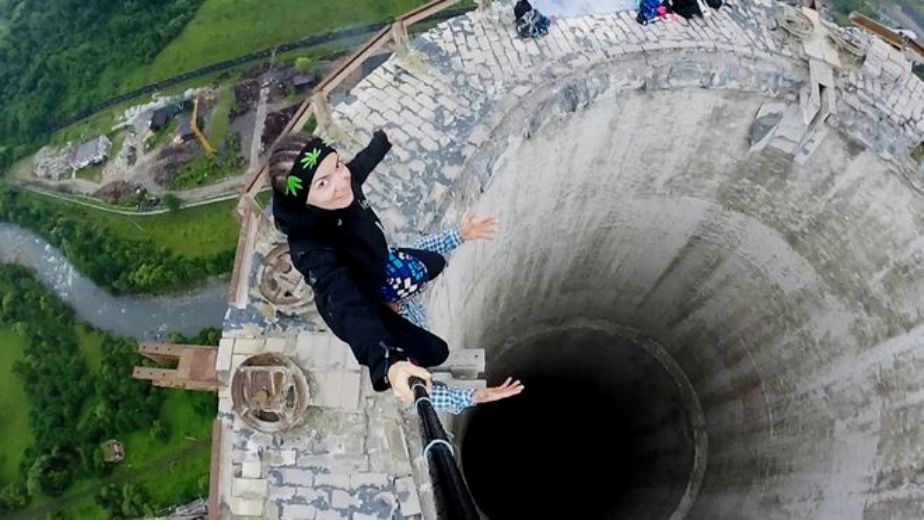
Above: This selfie-taker risked her life on someone's shoulders at the top of a 180 metre high disused chimney in Romania.

Not a good idea to take selfies in front of an oncoming train.
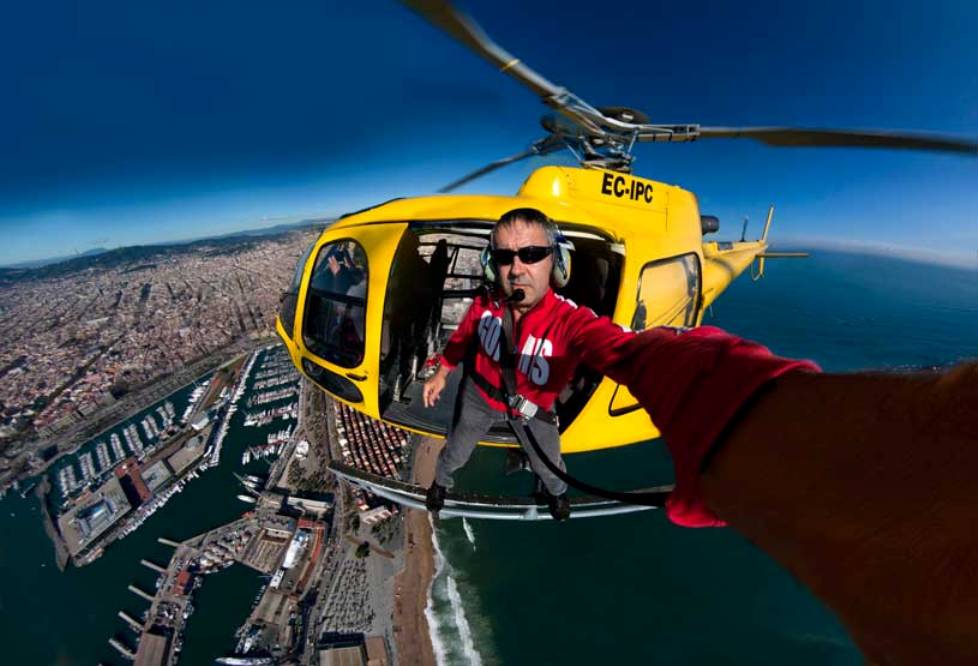
The only thing that anchored this man to the helicopter was his feet. Notice he is not holding onto anything with his free hand.
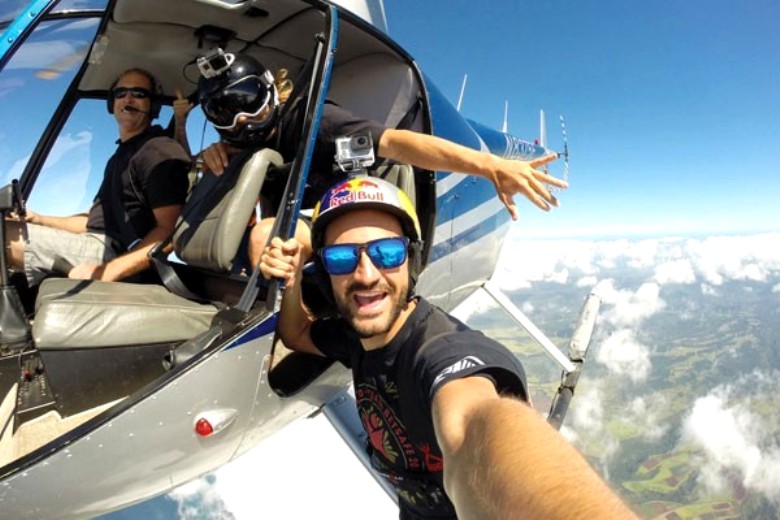
Yet another helicopter selfie.
And below, probably the weirdest selfie of all (I cannot verify its authenticy):
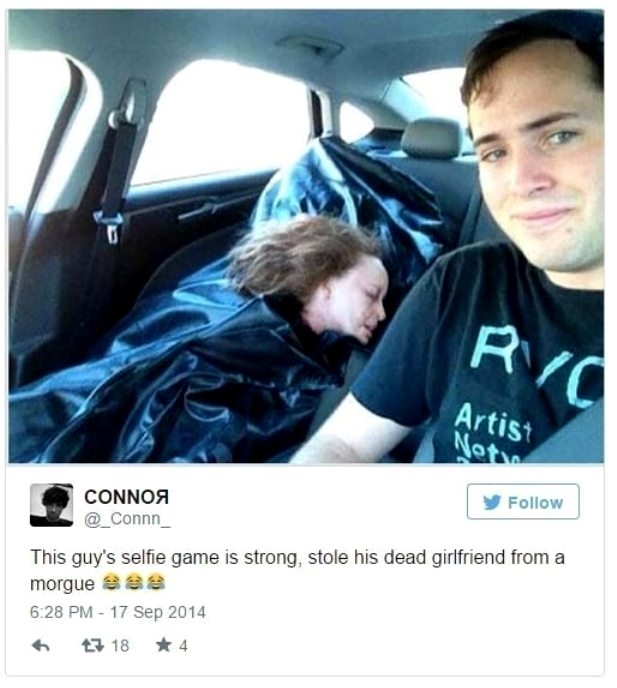
From a law enforcement perspective:
In the world of social media we become quickly captivated by trends. One recent—yet avoidable—trend would be selfie deaths; people creating their own demise by seeking the “high adventure selfie.”
While people have often died from careless behavior, the selfie deaths seem to put the hazard in its’ own category of accidental homicides. As a matter of fact, selfie deaths have a Wikipedia page.
Between October 15, 2011 and March 9, 2019, the news clearinghouse forum has documented 305 human casualties (plus one dolphin) as a result of people taking selfies. Most of these led to death.
The list of categories include:
- Transport
- Electrocution
- Fall
- Firearm
- Drowned
- Explosion
- Animal
- Boiled
- Crushed
Police officers investigating these scenes have expressed incredulity at the foolish behavior.
Source: Law Enforcement Today
Why do people take dangerous selfies?
This all begs the question: what drives people to do this? Euronews spoke to psychologist Dr Tracy Alloway to find out.
Dr Alloway explained what drives an average person to take a risk for a selfie: dopamine.
"When we see a 'like' or a positive comment on our feed or post, there's a huge dopamine rush and that's a feel-good hormone."
Dopamine also helps to reinforce a certain behaviour, so if a picture gets a lot of likes or positive attention, it encourages the person to do it again, said the psychologist.
The study suggested youth and tourists are more frequently affected because of the desire to "be cool".
Dr Alloway said there were two reasons why the youth were more affected: an underdeveloped brain and the notion of invincibility.
"The prefrontal cortex — the part of the brain that helps you make rational decisions — is still under-developed," she said, adding that a notion of invincibility in the teenage years makes youth more vulnerable to this sort of behavior.
See the entire article HERE